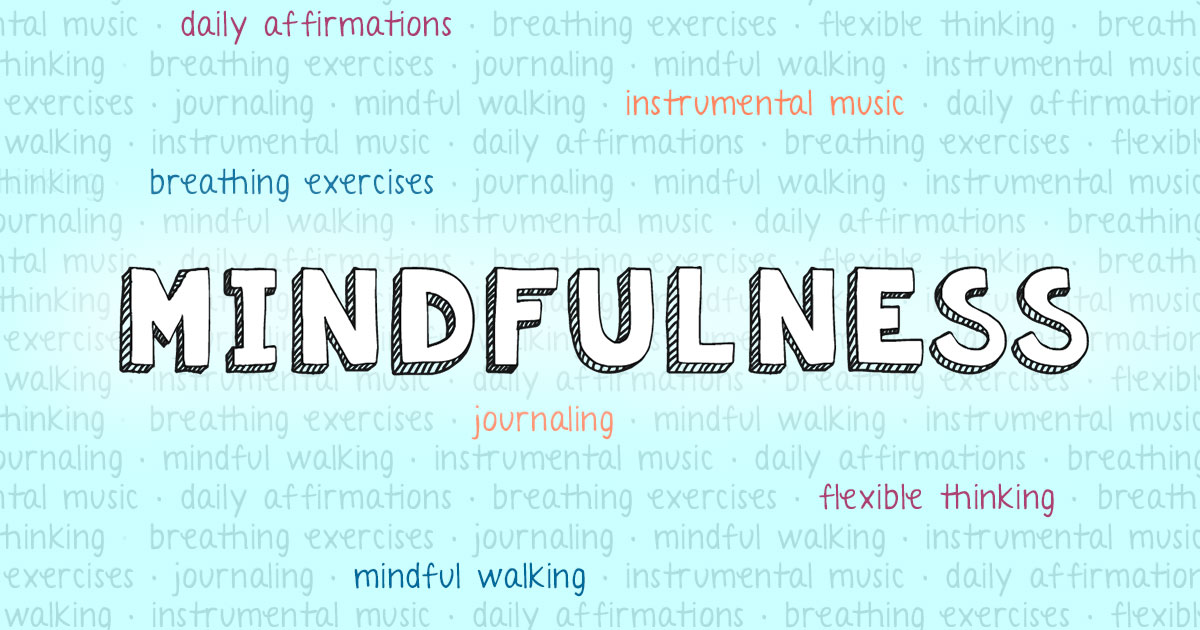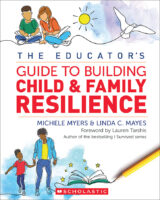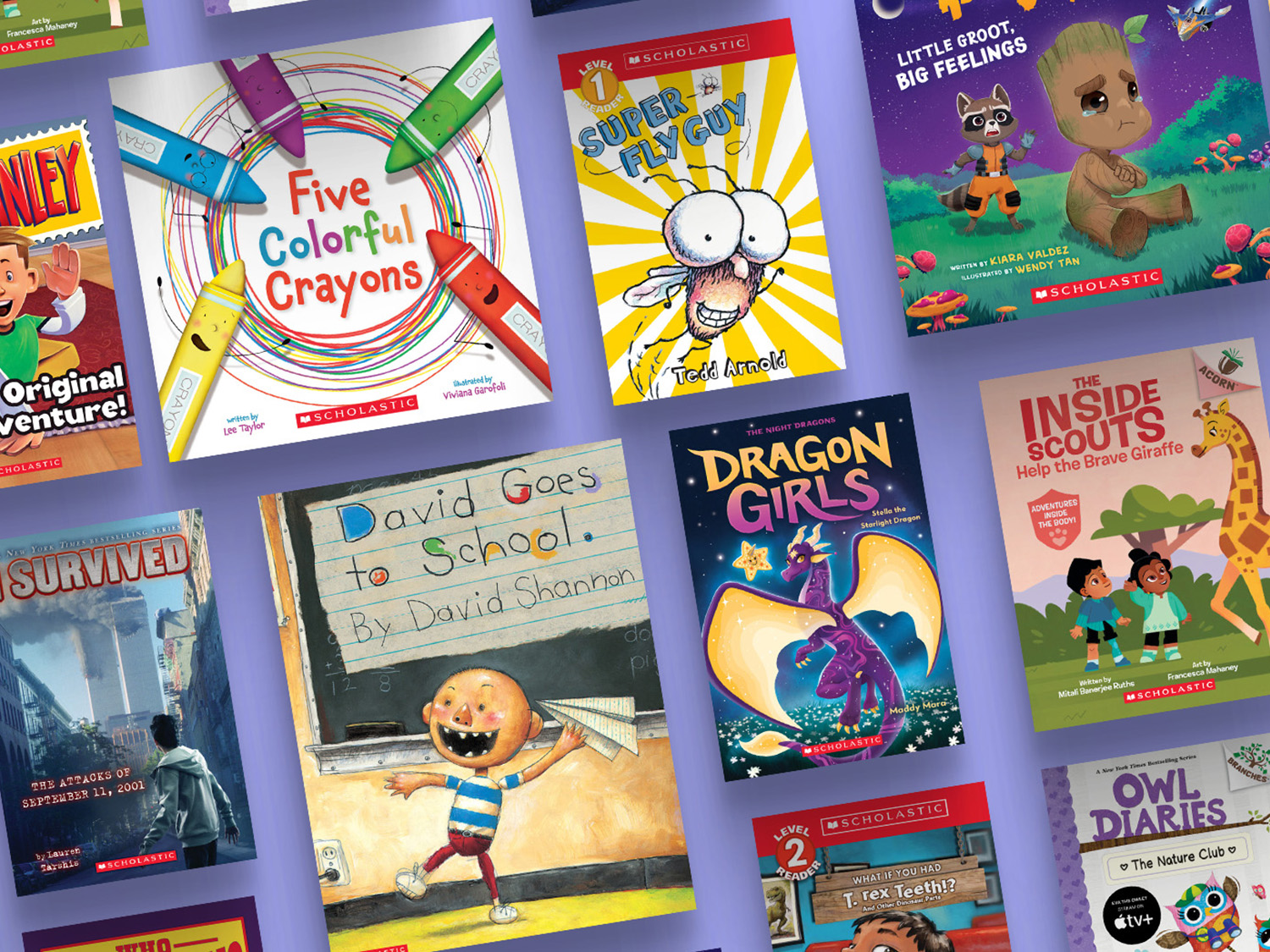The book offers practical techniques that teachers can share with children to help them deal with the many life challenges they face. “One of the things that is important when we think about mindfulness is to have children understand the physiological responses that their bodies are signaling,” says Myers. “This way they know when they’re stressed and how they can self-regulate.”
“When we teach children to listen to their body — their heart rate, mood, tiredness, or something else,” adds Dr. Mayes, “you can teach them to build on their mindfulness skills, to take a deep breath, slow down, and take control.”
Creating a culture of mindfulness in the classroom is beneficial for both students and educators alike for many reasons: It can reduce stress, increase focus, build resilience-promoting skills, and create a more positive learning environment.
Here are a few simple techniques Myers and Dr. Mayes suggest for making mindfulness part of your classroom’s daily routine.
Myers tells us that having students practice affirmations every day will speak to their positive self-identity, so when they get messages or signals from the wider world that are deflating, they have already internalized who they are and have the tools to cope. Such affirmations can be as simple as:
I am smart
I am worthy
I am kind
I am loved
Myers herself practices daily affirmations: “If my back hurts, I tell myself ‘My back is straight, strong, and healed,’ and I repeat it over and over until my back feels better.”
Walking has the benefits of both exercise and mindfulness, and can help you re-energize and de-stress. The goal of mindful walking is to be present and conscious of your surroundings as you move through your environment.
Dr. Mayes suggests trying the following exercise: “Go to a familiar place, but try and notice something different, something you haven’t noticed before. This is mindfulness in practice.”
“It’s important for kids to know that a walk in nature can help them,” adds Myers. “Paying attention to the little things like a blade of grass or the sensation of the wind against their face. If we teach them how to take notice of these things, we’ll help them understand the importance of self-regulation.”
Journaling can help you to process your thoughts and feelings — and learn from them. Putting your emotions down on paper can help to reduce the stress you might be feeling about certain situations, and even come up with solutions to problems. Revisiting previous entries is also a great way to track progress and growth.
“Journaling is really important,” says Dr. Mayes. “But don’t feel guilty if you can’t get to it.”
Myers agrees. “Journaling should feel healing, not ritualistic. If it feels ritualistic, make a concerted effort to journal about things that will help you.”
"If you only journal when you feel the need to journal,” adds Dr. Mayes, “that’s great too.”
Breathing exercises can help to promote feelings of calmness. And they can be done any time, anywhere. They can be as simple as drawing air in through your nose, holding it for three seconds, and then releasing it through your mouth.
“When I’m stressed, I do deep breathing, and I find a way to focus on something to regulate my thinking,” says Myers. “I also do cross-body tapping to make sure I’m releasing the built-up toxin of cortisone that’s stressing me out.”
One of the chapters in The Educator’s Guide to Building Child & Family Resilience focuses on helping children to think flexibly, which is crucial when it comes to how educators engage children with mindfulness.
“Being mindful helps children to see more than just their perspective of the world,” says Myers. “This is important because it lets them know that there are many pathways that all lead to different outcomes.”
One of the techniques that Myers uses at her school is to help children with self-regulation by playing music without lyrics. This causes the childrens’ brains to relax so they can be in tune with how they're feeling at that moment.
“Music engages the emotional area of our brain,” says Dr. Mayes. “It can reduce stress and help us connect with one another.”
Myers further explains: “The main benefits of listening to solfeggio frequencies [specific tones of sound] include lower stress levels, fewer mood swings, lower blood pressure, and improved sleep.”
To learn more, you can buy the book by Michele Myers, Ph.D., and Linda Mayes, M.D.
For young students, mindfulness prompts and books are great tools to help developing minds make sense of how they’re feeling — as well as being a compass that can offer guidance toward more mindful responses to emotions.
Below you’ll find a mindfulness prompt for every school day in March that you can have your students discuss or write out.
What is something beautiful you noticed outside today?
Describe an act of kindness you showed someone recently.
What is something at school that makes you smile?
Describe three things you are grateful for.
How do you feel when someone gives you a compliment?
If you could travel anywhere, where would you go? Why?
Tap into your senses: What can you see, smell, and hear right now?
Describe three things that bring you joy.
Write about one thing you’re looking forward to right now.
Describe your favorite time during the school day. What do you like about it most?
Think about someone you love. What makes them special to you?
What are three things you’re good at?
I am happiest when…
What are some times when you have to be patient?
What are some ways that you take care of yourself?
Who is someone you admire? What makes them special?
What is your favorite memory? Why does it make you happy?
Think about a time you made a mistake or failed. What did you learn and how did you grow?
What is your favorite season of the year? What do you like best about it?
What’s your favorite outdoor activity? What do you like most about it?
What is your favorite thing about yourself? What is one thing about you that is an area for growth?
If you could travel back in time and speak to yourself when you were four, what would you say?
What did you eat for breakfast? How did it taste?
What’s your favorite thing about rainy days?
You can also introduce books to your classroom library, like the Stillwater series, that can help your students develop simple, accessible mindfulness habits to help them be present while learning.
For more on social-emotional learning through children's books, check out this free resource guide.
Below are some books you can add to your classroom library to help students be mindful, present, and focused. You can find all books and activities at The Teacher Store.





















